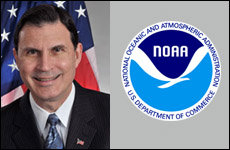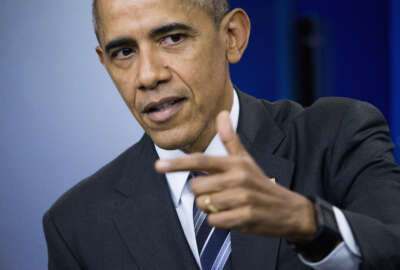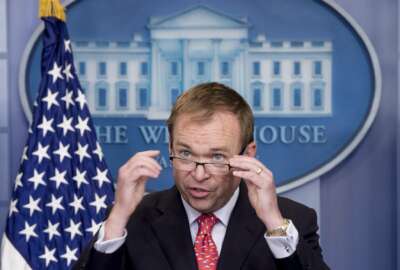 Exclusive
Exclusive Federal spending on technology could reach $95 billion in 2018
President Donald Trump’s budget request sent to Congress May 23 calls for an increase of $1.6 billion for federal technology programs and projects.
The federal technology budget would increase by $1.6 billion in 2018, under President Donald Trump’s budget request sent to Congress May 23.
But a majority of the agencies — 14 in all — would see decreases or stay flat as compared to 2017.
The Defense Department would receive the largest total increase, while the departments of Health and Human Services, Transportation, Energy and Homeland Security would make up a large majority of the rest of the agencies in line for more funding.
Overall, the Trump administration is asking for $95.7 billion for federal IT in 2018, up from $94.1 billion this year and $90 billion in 2016.
The overall increase comes as the Office of Management and Budget details plans to move agencies off legacy IT systems that account for more and more of agency IT budgets.
“From FY 2015 through FY 2018, governmentwide legacy spending as a percentage of total IT spending rose slightly from 68 percent to 70.3 percent. Aging legacy systems may pose efficiency and mission risk issues, such as ever-rising costs to maintain and an inability to meet current or expected mission requirements,” OMB wrote in the IT chapter of the budget request. “Legacy systems may also operate with known security vulnerabilities that are either technically difficult or prohibitively expensive to address and thus may hinder agencies’ ability to comply with critical statutory and policy cybersecurity requirements.”
As with other parts of the budget, DoD would see the biggest increase, almost $4 billion more in 2018, while the Environmental Protection Agency would see the largest decrease by percentage, 30.8 percent ($143 million) over their 2017 funding, and the Agriculture Department would see the largest decrease by dollar, $220 million.
HHS would receive the largest increase among civilian agencies with $1.7 billion, while DHS would receive $300 million, Energy $380 million, NASA $170 million and surprisingly the Education Department would see an increase of $28 million in its IT budget next year.
The increase also comes as agencies are finding more challenges with IT projects.
OMB reports that the federal IT Dashboard shows a “slight decrease” in the health of major IT investments with agency chief information officers rating 63 percent of them green in March 2017, compared to 69 percent in 2012.
Given the challenges with agency programs and the amount spent on legacy systems, OMB stated that the 2018 budget requires agencies to “identify and budget for the modernization of specific high-risk legacy IT systems, with a particular focus on transitioning these systems to cloud and shared services.”
One way the administration says it will help move agencies to modern technology is by using the principles around category management.
Latest Budget News
“The administration will continue to drive spending through approved vehicles, reduce the number of contracts, and meet small business goals. Additional opportunities exist to modernize IT and human capital used in shared administrative processes,” the budget stated. “The federal government can modernize and share IT and services for common administrative functions by: (1) adopting governmentwide standards; (2) using the standards to reduce contract duplication for IT and professional services; and (3) replacing legacy systems with modern solutions and services. Implementation of these strategies has the potential to drive numerous benefits, including generating cost savings, increasing the federal government’s ability to rapidly deploy best-in-class industry solutions, and enhancing cybersecurity.”
OMB highlighted a handful of cloud migration success stories, including the National Oceanic and Atmospheric Administration (NOAA) which migrated to cloud email within six months and decommissioned its legacy servers over the next two years to achieve a total of $3.1 million of cost savings per year.
“The majority of agencies who moved to cloud-based collaboration solutions experienced cost savings after just a few years of investment. These cost savings ranged from $500,000 per year for smaller agencies to $10 million per year for a larger agency such as the Department of Justice,” OMB stated.
The White House didn’t provide governmentwide details of how it plans to increase cybersecurity spending. In several chapters, the administration made a point to highlight plans to increase money going to protect federal networks, but there is no total.
“For the first time, this budget includes discrete cyber program investments that align budget resources with the National Institute of Standards and Technology (NIST) Cybersecurity Framework. This will enable the alignment of budget, risk, and performance data in a consistent way across all federal agencies,” the document stated.
Copyright © 2025 Federal News Network. All rights reserved. This website is not intended for users located within the European Economic Area.
Jason Miller is executive editor of Federal News Network and directs news coverage on the people, policy and programs of the federal government.
Follow @jmillerWFED






